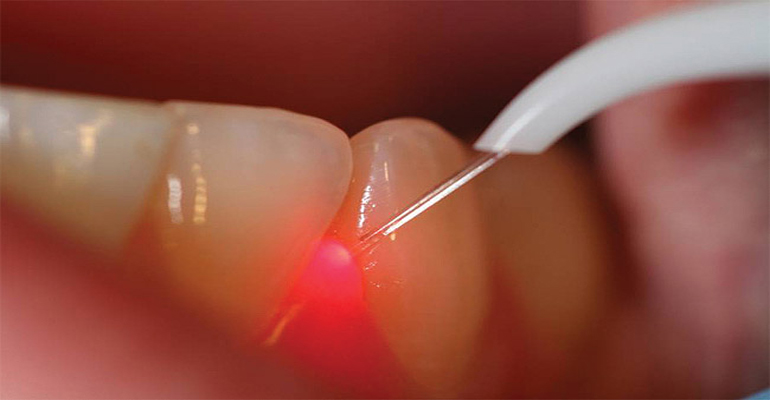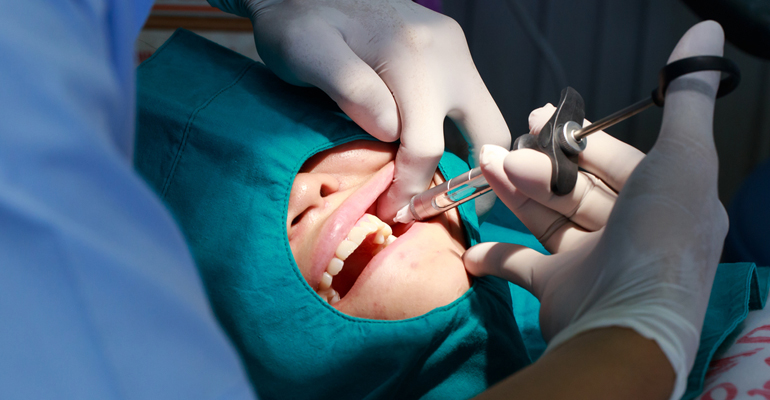What are Gum Surgeries?
Periodontitis, or gum disease, is a common infection that damages the soft tissue and bone supporting the tooth. Without treatment, the alveolar bone around the teeth is slowly and progressively lost. The name "periodontitis" means "means inflammation around the tooth." Microorganisms, such as bacteria, stick to the surface of the tooth and in the pockets surrounding the tooth, and they multiply. As the immune system reacts and toxins are released, inflammation occurs.


Untreated periodontitis will eventually result in tooth loss. It may increase the risk of stroke, heart attack, and other health problems. Bacterial plaque, a sticky, colorless membrane that develops over the surface of teeth, is the most common cause of periodontal disease. If plaque it not removed, it can harden to form tartar, or calculus.First line of treatment is Scaling & polishing regularly .

Most cases of periodontitis are preventable through good dental hygiene.
Advanced periodontitis
If good oral hygiene and non-surgical treatments are not effective, surgical intervention may be needed. Options include:
- Flap surgery: The healthcare professional performs flap surgery to remove calculus in deep pockets, or to reduce the pocket so that keeping it clean is easier. The gums are lifted back, and the tarter is removed. The gums are then sutured back into place, so they fit closely to the tooth. After surgery, the gums will heal and fit tightly around the tooth. In some cases, the teeth may appear longer than before.
-
Bone and tissue grafts: This procedure helps regenerate bone or gum tissue that has been destroyed. New natural or synthetic bone is placed where the bone was lost, promoting bone growth.
Guided tissue regeneration (GTR) is a surgical procedure that uses barrier membranes to direct growth of new bone and gum tissue at sites where one or both of these are lacking. It aim to regenerate tissue and repair defects that have resulted from periodontitis.
In this procedure, a small piece of mesh-like material is inserted between the gum tissue and bone. This stops the gum from growing into bone space, giving the bone and connective tissue a chance to regrow. The dentist may also use special proteins, or growth factors, that help the body regrow bone naturally.
The dental professional may suggest a soft tissue graft. This involves taking tissue from another part of the mouth, or using synthetic material to cover exposed tooth roots. Success depends on how advanced the disease is, how well the patient adheres to a good oral hygiene program, and other factors, such as smoking status.
